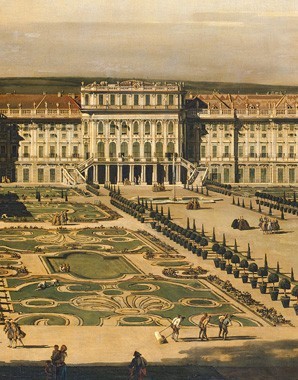Maximilian II: a Renaissance patron of the arts
For his time, Maximilian was a ruler with an astonishingly broad education and demonstrated a great interest in the scientific and artistic developments of his epoch throughout his life.
Maximilian was shaped by Renaissance humanist thinking, which was experiencing a heyday in Vienna during the middle of the sixteenth century. The emperor had close contact with scholars at the University of Vienna, and a circle of intellectuals formed at his court. Among other things, Maximilian initiated the first systematic ordering of the Habsburg holdings of books, a task he entrusted to the scholar Hugo Blotius. Emperor Maximilian II can thus be regarded as the institutional founder of the Court Library, which constituted the historic core holdings of today’s Austrian National Library.
Maximilian also showed great personal interest in botany and zoology. Two important representatives of these scientific fields in Vienna at the time were Carolus Clusius and Augier Ghislain de Busbecq, who introduced hitherto unknown species to Austria such as the horse chestnut and the lilac.
The circle of artists that the emperor brought to his court was later taken over by his son Rudolf. Important names include the painter Giuseppe Arcimboldo and the polymath Jacopo da Strada.
Today several buildings remain that recall Maximilian and the artistic life of his time. He continued the remodelling of the Vienna Hofburg in Renaissance style that had been begun by his father Ferdinand. The purest example of this is the range today known as the Stallburg, originally begun as a Viennese residence for Maximilian.
Emperor Maximilian also acquired for the dynasty the site on which the palace of Schönbrunn would later be built. Known at that time as the Katterburg, it comprised a hunting lodge surrounded by an extensive hunting reserve.
The most important building from the epoch of Maximilian is the Neugebäude palace, now on the south-eastern outskirts of Vienna, a project that while never finished best embodies the emperor’s artistic ideals.














